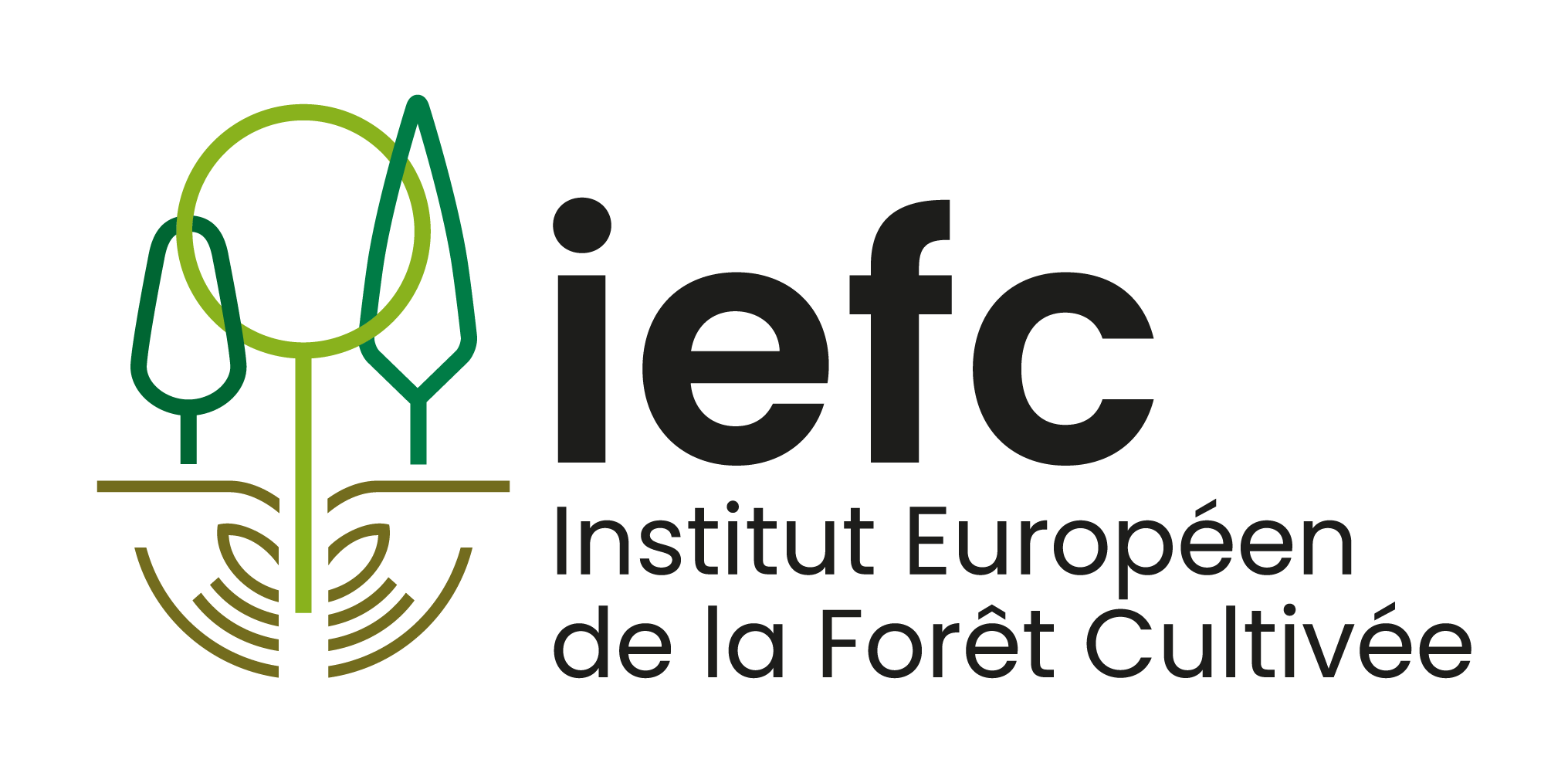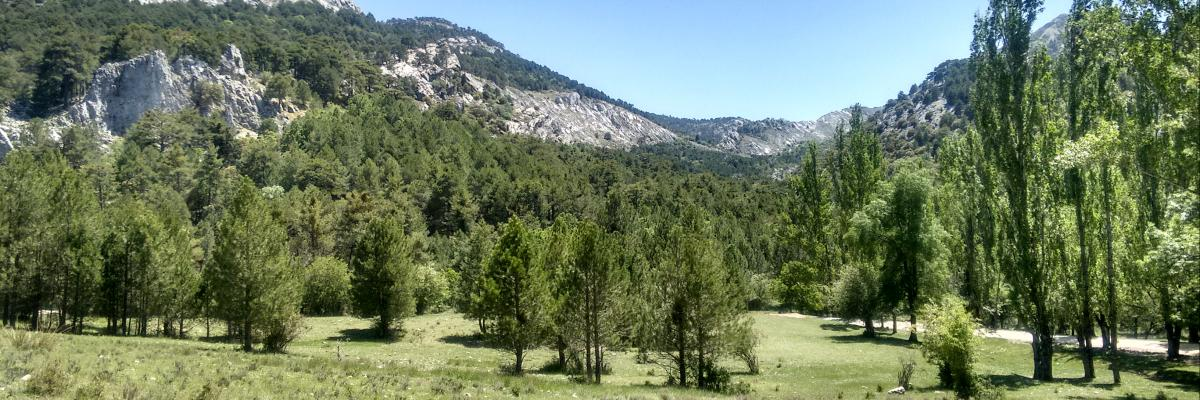Governing and managing forests for multiple ecosystem services across the globe, Bonn, Germany Feb 26, 2020 – Feb 27, 2020
The conference was organized by EFI in collaboration with more than 20 organizations and INFORMAR project dedicated to integrated forest management and the POLyFORES project focusing on ecosystem services. A variety of forest management concepts, such as sustainable forest management, ecosystem-based management, close-to-nature-forestry or multifunctional forestry have been developed to accommodate distinct social demands in different contexts. The conference objective was to compile and synthesize the scientific evidence related to the current state of integrated forest management approaches and the limitations from both the governance and technical perspectives.
One of the interests of this conference was to have a mixture of policy science and technical science assessing the challenges of integrated forest management in diverse contexts and at diverse scales.
The first session was dedicated to a global overview of the multiple services management across the globe with Robert Nasi presenting the topic of ecosystem services associated with acacia plantations in tropical areas, followed by Natalia Lukina who compared the Russian extensive approach and the Swedish intensive approach of boreal forest management, illustrating the challenges for both systems in making trade-offs between different ecosystem services. Christian Messier provided inputs from Canada, USA and Australia, comparing segregation approaches from Australia and USA with Canada and their impact on biodiversity conservation, carbon storage, and wood production. He was followed by Eduardo Rojas Briales who gave the Spanish perspective of a country facing climate change, the increase of fire risk, and rural desertification that are changing dramatically the demand for and availability of ecosystem services. Ulrich Rami concluded by inviting forest manager to move from the stand to the landscape level, and from top-down management to participatory forest planning.
Then economists were asked to address the issue of landscape sparing or land sharing but could not conclude of any particular advantage of any system.
Many case studies were presented in parallel session, some analyzing the species composition impact on ecosystem services, other analyzing the synergies between biodiversity conservation management and carbon sequestration.
Representatives from the COST action CA15206 – Payments for Ecosystem Services (Forests for Water) – demonstrated with numbers the efficiency of forest for improving water quality in catchments, and how some companies such as Vittel are ready to pay for this service, and other companies could support forest plantations.
This conference was also a chance for the IEFC director to present some of the work achieved by the team and the network to serve integrated management and ecosystem services management in planted forests. Work analyzing deadwood management and contribution to saproxylic diversity were presented, illustrating the trades-off of biomass production utilising stump removal. The role of forested riversides for water stream protection was emphasized in comparison with other land uses. The added value of landscape simulation for land use and sectorial planning was illustrated by the INTEGRAL scenario exercise conducted in a maritime pine forest area. The talk finished by arguing for landscape level indicators and regional ecosystem service value assessments to provide the region’s stakeholders information about the added value of forests in their landscape. The talk concluded on the lack of land-use planning capacity with decisions being too fragmented to enable the creation of real resilient landscapes.
Author: Christophe Orazio (IEFC)

